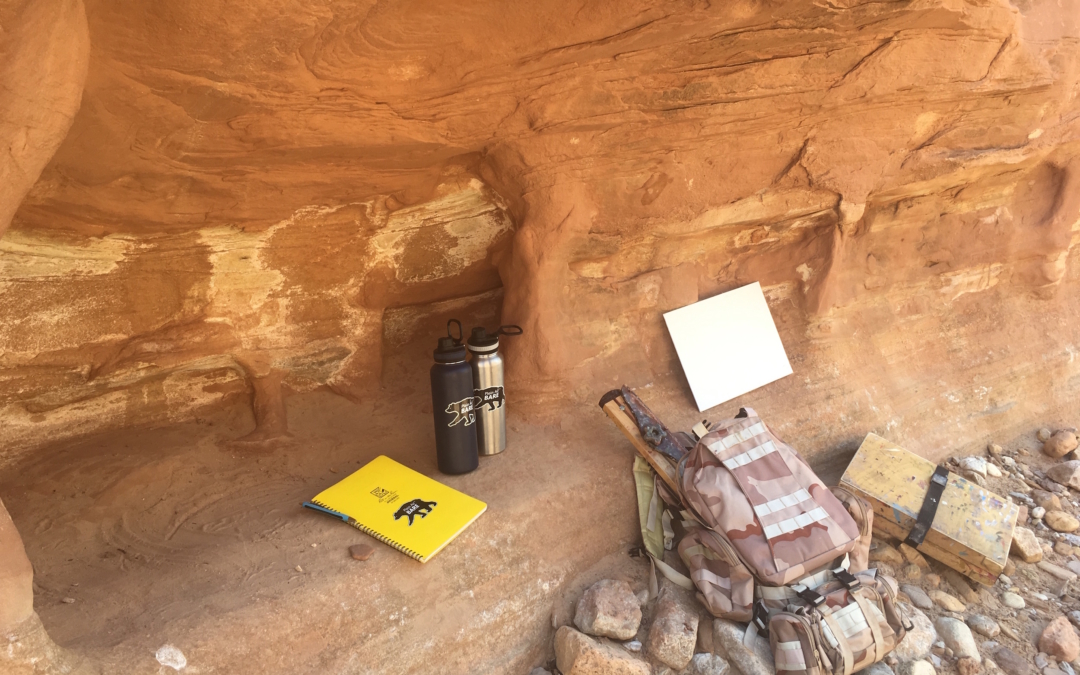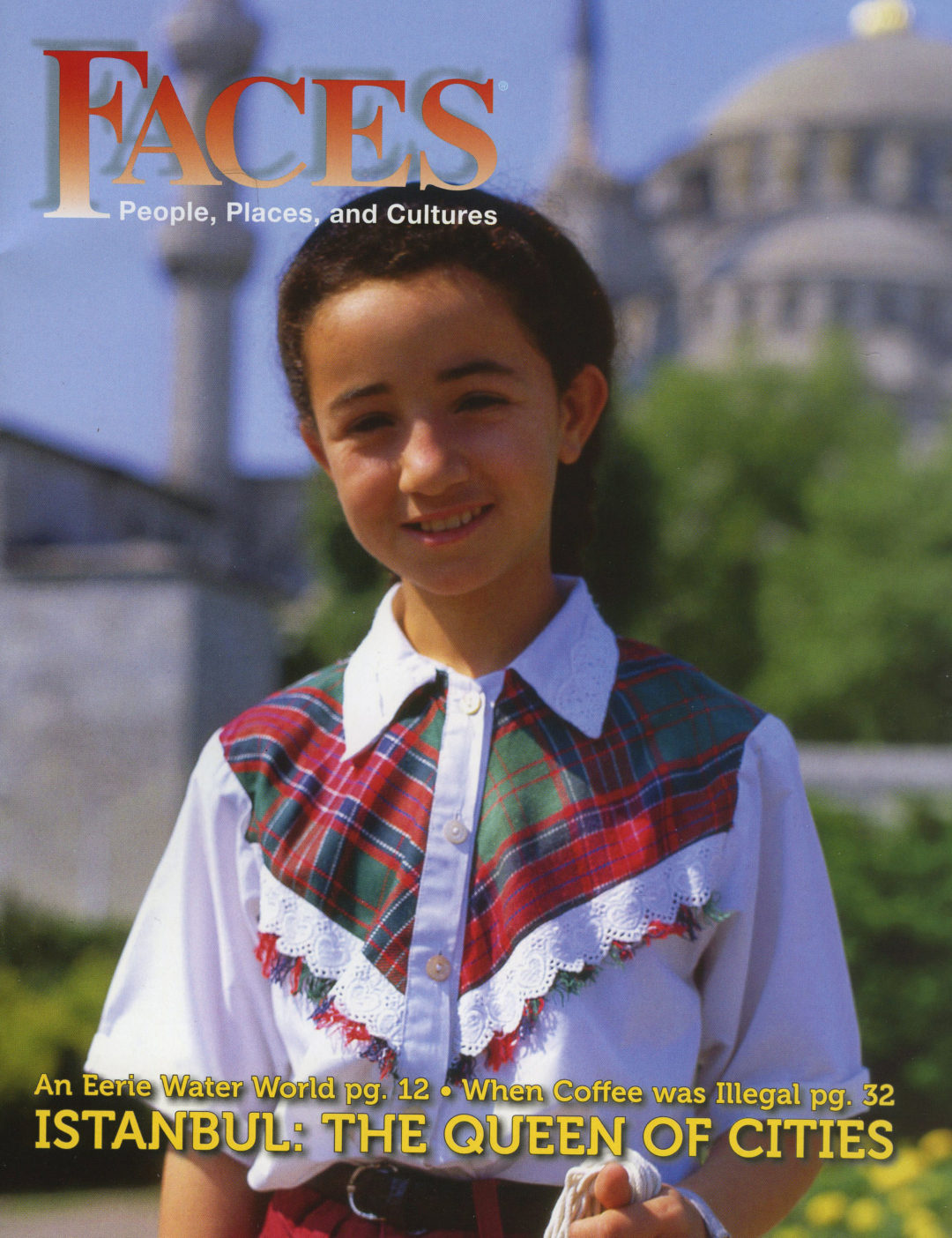Plein Air Public Lands: Day 18
By: Kristina Lyn Heitkamp
Capitol Reef National Park
Rex was up early and at ‘em, before sunrise, to plein air in the shade of a monolith, while per usual I caught a few more winks. I sleep the best from 4 to 7 am, the coolest part of the day.
Capitol Reef National Park
It was another travel day, but the location not too far—Capitol Reef National Park. Our plan was to spend at least a week in and around the park. Capitol Reef was a popular “chosen location” for our Kickstarter backers, so we wanted to make sure we had ample time to produce quality work.
Established first as a monument and later as a national park in 1971, Capitol Reef was named for the Navajo sandstone dome formations that resemble the United States Capitol building.
The Grand Wash
The country of folds and faults offers several inspiring vistas and intimate scenes. We started our Capitol Reef plein air in the Grand Wash. We walked the wash until we found shade in the afternoon hour. I brought my travel plein air chair but opted for a little nook inside the sandstone. The shaded stone felt cool to the touch. As I inched deeper inside the cubbyhole, the temperatures cooled even further. Despite the fact that my rear fell asleep from the hard seat, I found my heaven. Or my ideal plein air dwelling.

Ancient Plein Air Art
Later, we found our way to a historical wonder. The petroglyphs (carvings) found on a rock wall were created by the Fremont between 300 and 1300 C.E, or even older. The art was crafted with stone tools, and mineral or plant-dried pigments. The distinct style is most similar to and associated with the modern-day Hopi tribe and Puebla of Zuni. The Hopi tribe calls their ancestors Hisatsimon, or the People of Long Ago. While the Paiute Tribe calls the former inhabitants the Wee Noonts, or the People Who Lived the Old Ways. Both hold a sacred understanding of their ancient history found in Capitol Reef.

The symbols represent geography, demography, clan symbols, deities, animals that were hunted, and other daily life. Like stepping back into time, the rock art tells stories in the stone.

The petroglyphs were incredible to witness, but it was incredibly sad to see the damage modern man has inflicted on the historical record. What kind of person defiles ancient art with their own initials or who buries bullets in the rock? Perhaps the same kind of person who sneaks into a national park.
Home off Notom Road
We made home off Notom Road, just beyond the park. There is only paid campground camping allowed in the park. But with plenty of BLM land around, we didn’t have a problem finding a camp spot.

The runner-up in favorite camp spots, our home for the night was surrounded by vast vistas that made my muse sing. I could’ve easily spent a few more nights up on top of Notom Road. The temperatures were pleasant (I even donned my coat later in the evening), the bugs were tolerable, and the “prickilies” were few around the campsite. As Rex painted, I wrote and later wandered around scouting for rocks and animals. I found plenty of interesting rocks, including obsidian and volcanic rock, and I spotted one little cottontail hiding under a tree.






